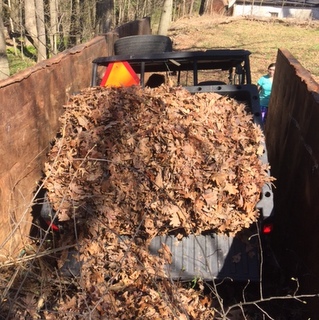Youngstown, Ohio is an upper-midwest city that has come to symbolize the nation’s distress of deindustrialization with high unemployment and crime rates.
But after decades of decline, the city has plans to rebuild, remove blight and attract employers. On issues of poverty and opportunity in America, this is part of an ongoing series of reports called “Chasing the Dream.”
KARLA MURTHY: This house on the south side of Youngstown has been vacant for eight years. The city condemned it after a fire inside. Now it’s being torn down.
Robert Morris lives next door. He says he’s glad to see these abandoned homes in his neighborhood finally get demolished.
ROBERT MORRIS: This neighborhood right here, this used to be high class over here. I mean this whole south corridor was all, it was nice. It was really nice.
KARLA MURTHY: These demolitions are part of a citywide plan to eliminate blight and rebuild. Since the 1950s, Youngstown’s population has declined by 60 percent, from about 168-thousand to 65-thousand and is still shrinking. Thousands of empty homes have been left behind, crippling the housing market, and eroding the social fabric of this once mighty industrial base.
When the steel mills closed in the 1970s, Youngstown lost 40-thousand good paying jobs. Today, almost 40 percent of residents live below the federal poverty line — earning less than 24-thousand a 300 dollars a year for a family of four.
HUNTER MORRISON: What’s a city to do as a city? Pick itself up, dust itself off and start all over again, move forward.
KARLA MURTHY: Hunter Morrison is an urban planner who has worked on rebuilding Youngstown since 2002. He says the plan started with a simple premise: accept that the city was smaller.
HUNTER MORRISON: In America, the entire business of planning and development is based on the phenomena of growth. But what happens when communities one after another see themselves shrinking?
KARLA MURTHY: Over the last 14 years, this new smaller mindset has been the guiding vision for the city, which took stock of its assets, like Youngstown State University, with 14,000 students. The city and the university developed blighted land to connect the campus to downtown – which now has new housing and more places to go out.
HUNTER MORRISON: Today, if you talk to a student, they go down to the restaurants. Some of them live downtown who never would have lived there before.
KARLA MURTHY: But beyond downtown, the city didn’t have the resources to fix its broken neighborhoods. Fewer residents means less tax revenue. So in 2009, the city created a new nonprofit, the Youngstown neighborhood development corporation, or Y.N.D.C., in partnership with the Raymond John Wean Foundation.
IAN BENISTON: You could walk to my house if you want to keep going…”
KARLA MURTHY: Ian Beniston is the executive director. He grew up in Youngstown. His father worked at a steel mill until it closed in 1980.
IAN BENISTON: We don’t go around here talking about utopian visions. We’re dealing with the real basics here. We’ve just got to get neighborhoods cleaned up.
KARLA MURTHY: The Y.N.D.C. has an annual budget of 3 million dollars. The group surveyed every neighborhood in the city to figure out where it could make the biggest difference and create more stability.
IAN BENISTON: Our focus, as an organization, is on those neighborhoods in the middle. So, neighborhoods that have many signs of distress, but they’re not to a point where we have 70 or 80 percent vacancy. So that even in the future, we do at least have these pockets, if nothing else, of healthy neighborhoods.
KARLA MURTHY: One of the first neighborhoods the Y.N.D.C. targeted is called “Idora,” where a quarter of the houses were vacant….Like this one currently being renovated by the Y.N.D.C. Tiffany Sokol has been overseeing this project.
TIFFANY SOKOL: We’ve been able to acquire a lot of properties at zero cost either through bank donations or private personal donations…
KARLA MURTHY: Many homes the Y.N.D.C. acquires are foreclosed properties and are renovated with the help of “Americorps” volunteers.
TIFFANY SOKOL: There’s an abundance of vacant homes but unfortunately the quality is very low. So part of what we’re doing here is trying to raise the standard and raise the quality of homes available.
KARLA MURTHY: A couple blocks away is a house the Y.N.D.C. just finished.
TIFFANY SOKOL: This one was built in the 70s, so it’s really out of character for the neighborhood.
VO: It’s listed for sale for 40 thousand dollars…Above Youngstown’s median home price of 31-thousand, but affordable in this market.
KARLA MURTHY: Have you had any problems getting people to buy the homes that you’ve renovated?
TIFFANY SOKOL: No, most of our homes generally we end up pre-selling before we are even done with the rehabilitation.
KARLA MURTHY: Y.N.D.C. helps potential buyers who have low-to-moderate incomes through housing counseling and mortgage financing.
In the past six years in Idora, 137 abandoned homes have been demolished, 35 homes have been renovated and sold and 88 occupied homes have been repaired.
IAN BENISTON: This was a house we fixed too…
KARLA MURTHY: Today, the occupancy rate of this stripped down, rebuilt neighborhood is 93 percent.
IAN BENISTON: Wait till you see it. It’s pretty awesome…
KARLA MURTHY: Beniston showed me one more feature he’s using as a selling point for Idora: this natural waterfall right in the middle of city.
IAN BENISTON: We had nine vacant homes right by this, yeah, but not anymore.
KARLA MURTHY: Brownlee Woods is another neighborhood where the Y.N.D.C. works. Nancy Martin and her husband Russell have lived here since 1982, and over the years watched people leave as their neighborhood declined.
NANCY MARTIN: We can do one of two things — you can either sit here on the porch and complain, or you get up and do something.
These are the benches we just put in…
KARLA MURTHY: She’s president of her neighborhood association and meets regularly with the Y.N.D.C., which also helps residents develop their own neighborhood action plans…
NANCY MARTIN: They bring a list of all the houses that we’re working on, and we go through each one.
KARLA MURTHY: One house that was falling apart was owned by an out of town businessman. Ian Beniston stepped in.
NANCY MARTIN: And he told him, “Are you going to do anything with this property? Cuz if you’re not, we’re taking it…
KARLA MURTHY: The community is taking over that house, and the Y.N.D.C. brought more than a dozen other houses up to code in Brownlee Woods.
IAN BENISTON: We are making progress. I mean, we know that in terms of owner occupancy, vacancy data. However there are still large swaths of the city, the most distressed swaths, where people are still leaving.
KARLA MURTHY: In those areas of Youngstown with heavy vacancy, the focus is on simply eradicating blight with board-ups, demolitions, and cutting the grass.
Robert Morris is happy to see his neighborhood getting cleaned up, but he’s skeptical things will really improve.
KARLA MURTHY: Do you think this area will ever become what it once was?
ROBERT MORRIS: No. No, I doubt it. No, it’s over. No jobs. Nobody got jobs. Everybody’s out there trying to hustle to make their buck. You know, that’s—it is what it is.
DAWN GRIFFIN: I’m going to give myself maybe another year or two here…
KARLA MURTHY: Dawn Griffin says she’s had a hard time finding a job in Youngstown, and thinks about leaving. Unemployment in Youngstown is eight-and-half percent, three-and-half percent above than the national average. Griffin, a single mother of three, remembers a better time.
DAWN GRIFFIN: I thought we were rich, you know? [laughs] And we were pretty well off, you know? But what is here?
KARLA MURTHY: She also feels like the city isn’t doing enough, especially in low-income neighborhoods like hers, on the east side of Youngstown.
DAWN GRIFFIN:One of my questions was, ‘okay, you’re removing the blight, okay, but what’s going to be there? And it’s nothing but a slab on concrete there. No one wants to invest in that. You can’t do it a little bit, you’ve got to go all the way.
KARLA MURTHY: I asked Beniston about their critique.
KARLA MURTHY: Boarding up homes, grass cutting. How’s it really going to make a big difference?
IAN BENISTON: That will improve the quality of life for the people that are living there now, but by no means am I trying to say that in the most distressed of places just cutting grass and boarding up the houses is sufficient. I’m saying it’s the reality of a lack of resources. I think one of the things we need more of here without a doubt is just jobs. That’s the reality of it, that’s why people leave. So until we can get to a point where we’re attracting, developing, creating, even here locally, more jobs. We’re going to be struggling to get to where we need to be.
KARLA MURTHY: Part of Youngstown’s plan to create more jobs is to change its image as a city dominated by steel. Sharon Woodberry, Youngstown’s director of economic development and community planning, is trying to lure technology entrepreneurs.
SHARON WOODBERRY: We’re still primarily manufacturing-focused but there are other industries that are emerging.
KARLA MURTHY: She points to “America Makes,” a national institute for 3D printing and also the Youngstown business incubator which has created almost 400 jobs at tech start-ups in Youngstown since 2011.
KARLA MURTHY: But unemployment is still high here, right?
SHARON WOODBERRY: It is. It was a decline over decades. It’s a rebuilding that’s going to take some significant time.
HUNTER MORRISON: There are a lot of obstacles in older industrial communities.
KARLA MURTHY: Urban planner Hunter Morrison says progress may seem slow, but not when you understand what’s happened across this region.
HUNTER MORRISON: These communities are very much like New Orleans. New Orleans lost half its population over a weekend. Flint, Cleveland, Youngstown, Detroit lost it over a generation. It’s a major trauma to a community. It takes a long time to get over it.
KARLA MURTHY: How do you stay hopeful, is it a false sense of hope?
IAN BENISTON: For me it’s not a false of hope, because I have a pretty good memory and I know, for example, what this neighborhood looked like. I’ve also seen streets change, where, you know, dozens of houses have been removed, others have come back to life. I feel good about the progress that we’ve made. Am I satisfied with it? Certainly not.
To see the whole story from PBS Newshour, click here.
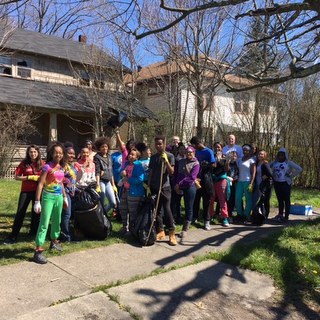 ,
, 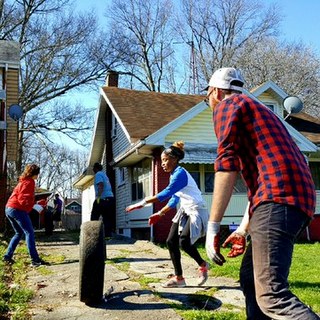 ,
, 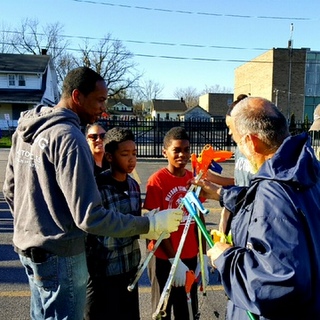 ,
, 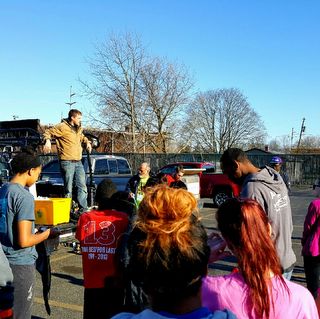 ,
, 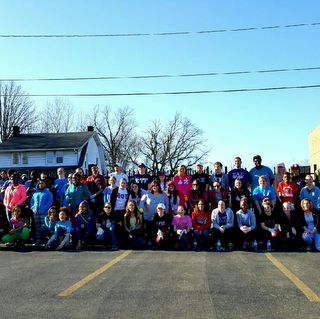 ,
, 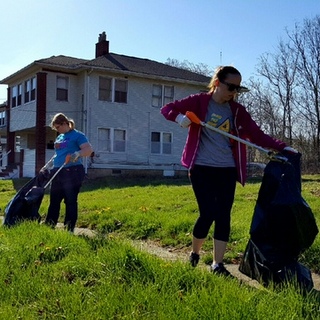 ,
, 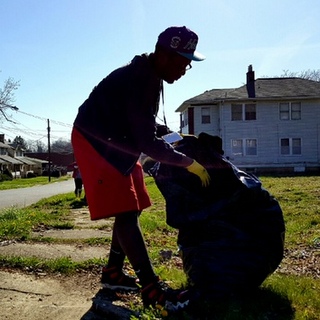 ,
,  ,
, 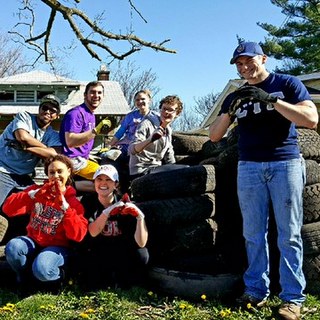 ,
, 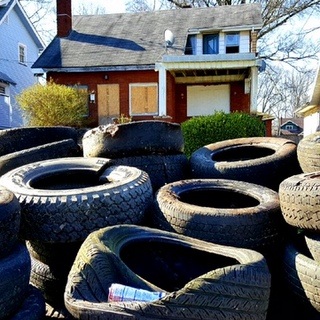
 ,
,  ,
,  ,
,  ,
,  ,
,  ,
,  ,
,  ,
,  ,
, 
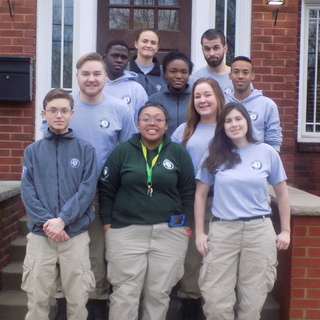 ,
, 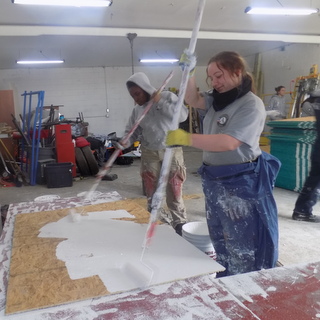 ,
, 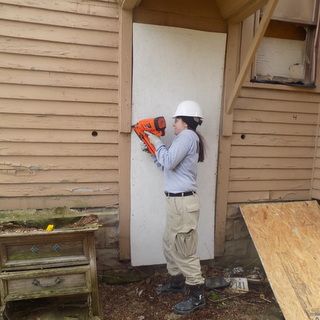 ,
,  ,
, 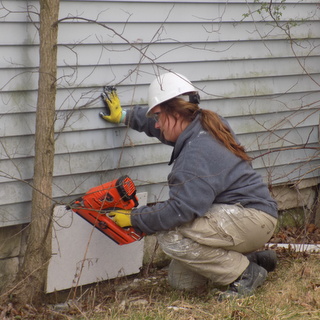 ,
, 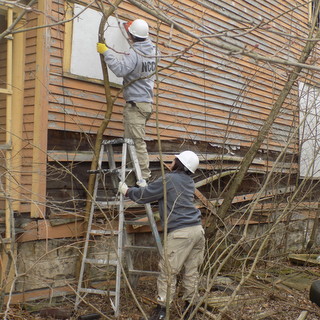 ,
, 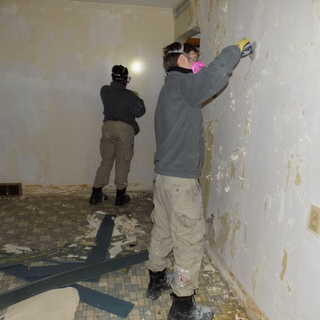 ,
, 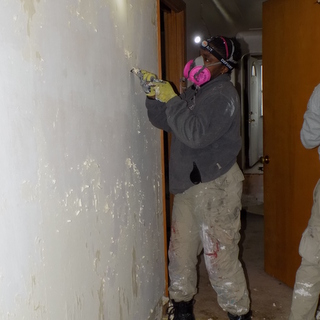 ,
, 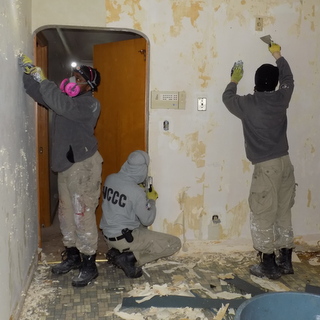
 ,
,  ,
,  ,
,  ,
,  ,
,  ,
,  ,
,  ,
, 

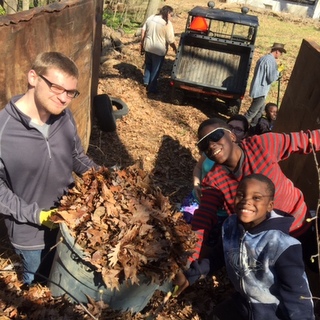 ,
, 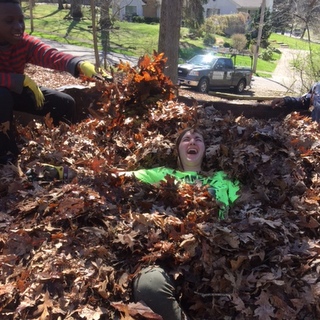 ,
, 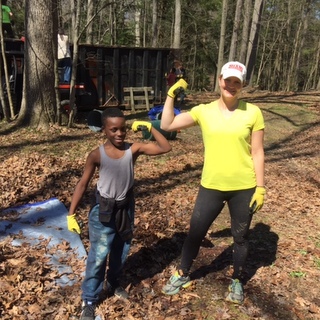 ,
, 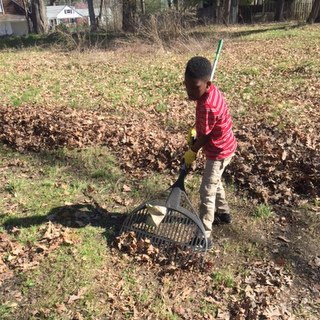 ,
, 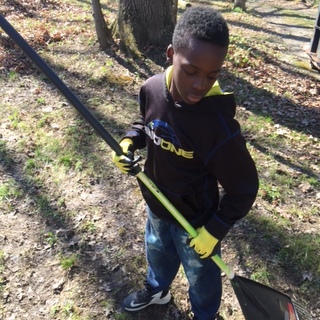 ,
, 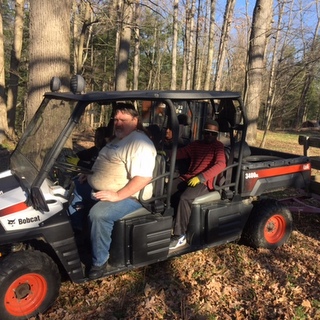 ,
, 